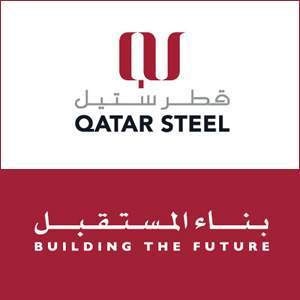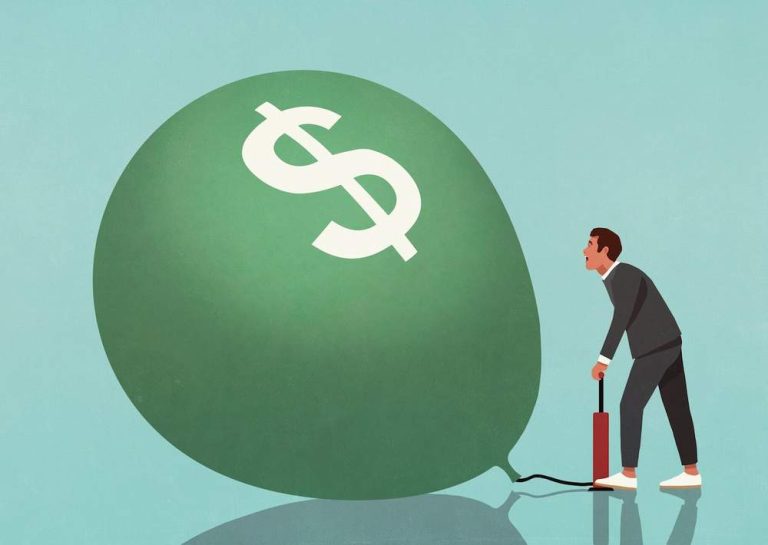Inflationary pressures today are felt by the majority of economies, whether developed or developing, and despite their different causes across countries, the task of solving the problem will ultimately fall on the shoulders of the major central banks in the world.
As inflation rose rapidly during the last period, after the United States announced it, it became the focus of political discussions in many economies. In 15 of the 34 countries classified by the International Monetary Fund’s World Economic Prospects report as advanced economies, the inflation rate was for 12 months until December 2021 above 5%.
This inflationary rise was not limited to rich countries. Emerging markets and developing economies hit a similar wave, with 78 out of 109 emerging markets and developing economies also facing annual inflation rates above 5%. In fact, this share of emerging markets and developing economies (71%) has become Almost double what it was in 2020.
Thus, inflation has become a global – or almost global – problem, and the main drivers of inflation vary from country to country, especially when comparing advanced economies on the one hand and emerging markets and developing economies on the other side. The economic recovery in 2022 in emerging markets and developing economies was far behind the recovery in advanced economies.
The recovery is defined as the return of the economy to its per capita income level in 2019. About 41% of high-income advanced economies met this threshold at the end of 2021, compared to 28% of emerging market and middle-income developing economies, and about Only 23% of low-income countries.
Inflation will continue to reinforce inequality, both within and between countries.
But the disparity between advanced and developing economies is even greater than this comparison indicates, because many emerging market and developing economies were already experiencing declines in per capita income before the pandemic, while advanced economies were often at new highs.
It is represented in the increase in commodity prices in addition to the increase in global demand. Oil prices rose by 77% in January 2022 compared to their level in December 2020, as well as global supply chains, and higher transportation costs.
In emerging market and developing economies, currency depreciation (due to lower foreign capital inflows and credit rating downgrades on sovereign debt) contributed to inflation in imported goods. Therefore, inflation expectations in emerging markets and developing economies are less stable and more in line with currency movements than in advanced economies.
The International Monetary Fund expected that the recovery in the Middle East and North Africa will become unbalanced due to the noticeable discrepancy between the increase in the growth of oil-exporting countries by 5.4%, compared to 4.4% for emerging markets and middle-income countries and 1.1% for low-income countries.
The Fund explained that the noticeable discrepancy in growth rates in the region is due to pressures caused by high food and energy prices and declining exchange rates.
He expected real GDP growth in the Middle East and North Africa to decline to 5% in 2022 compared to 5.8% in 2020, while inflation rates rose in 2021 to 14.8% in the Middle East and North Africa compared to 11.1% in 2020.
With the exception of the Gulf Cooperation Council countries, the increase in food prices was the main driver behind the rise in inflation rates (it contributed about 60% of the rise in inflation in the Middle East and North Africa region, and the oil-importing countries must target a number of policies, the first of which is to control inflation, reduce Impact of higher commodity prices.
Where the prices of raw materials were a key factor in the rise in steel prices and their reaching record numbers during the last period, as the prices of coke and steel scrap exceeded 650 dollars in March, which led to the prices of steel boxes (billet) reaching 900 dollars, and steel bars approaching 1000 dollars, and the effect of inflation was The oil importer is greater, especially in light of the rise in interest in banks and the movement of the price of foreign currencies
Although most emerging market and developing economies no longer fix exchange rates as they did during the inflationary years of the 1970’s – “independent” monetary policy in small economies remains limited despite floating exchange rates.
Dr. Kamel Djoudi





















